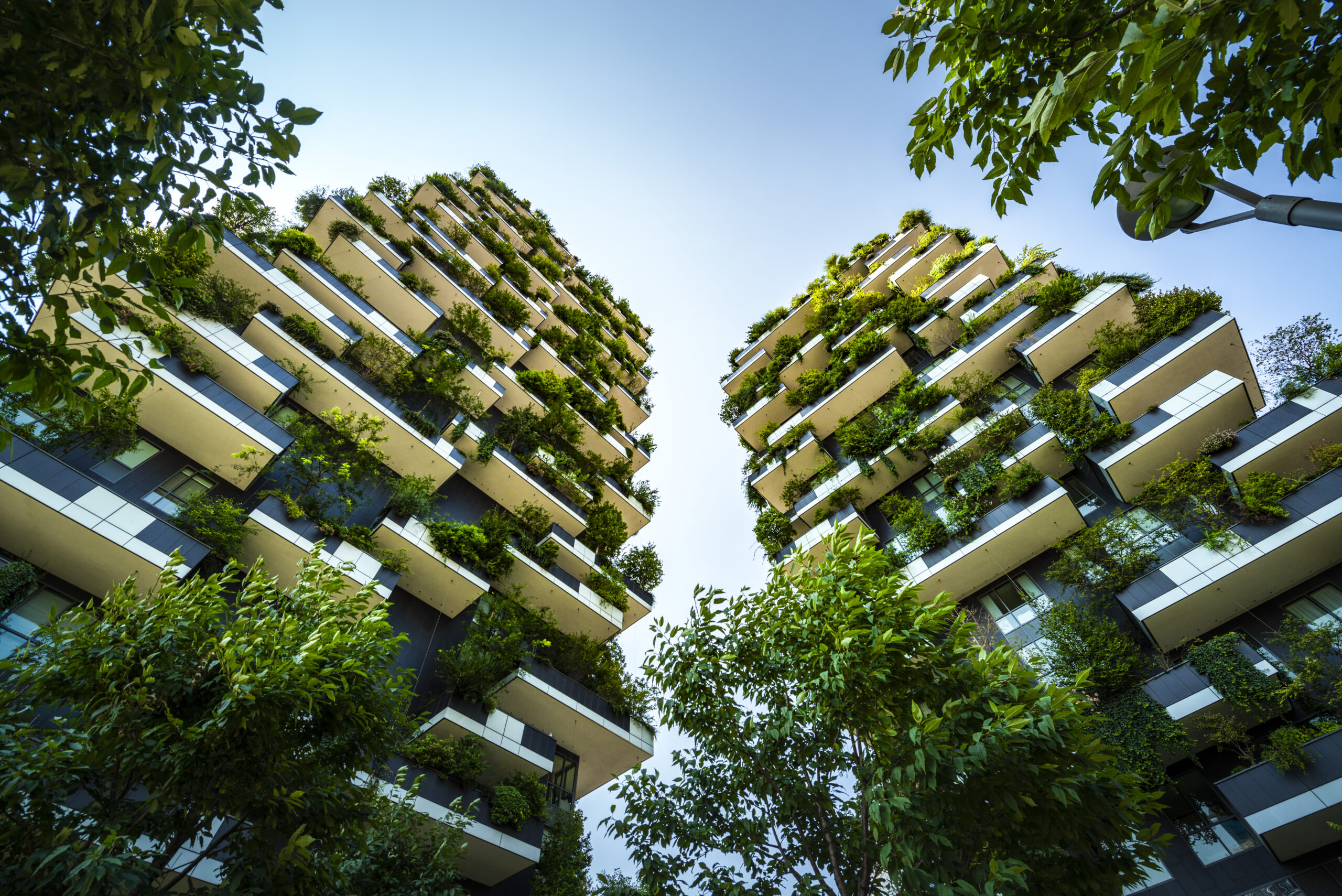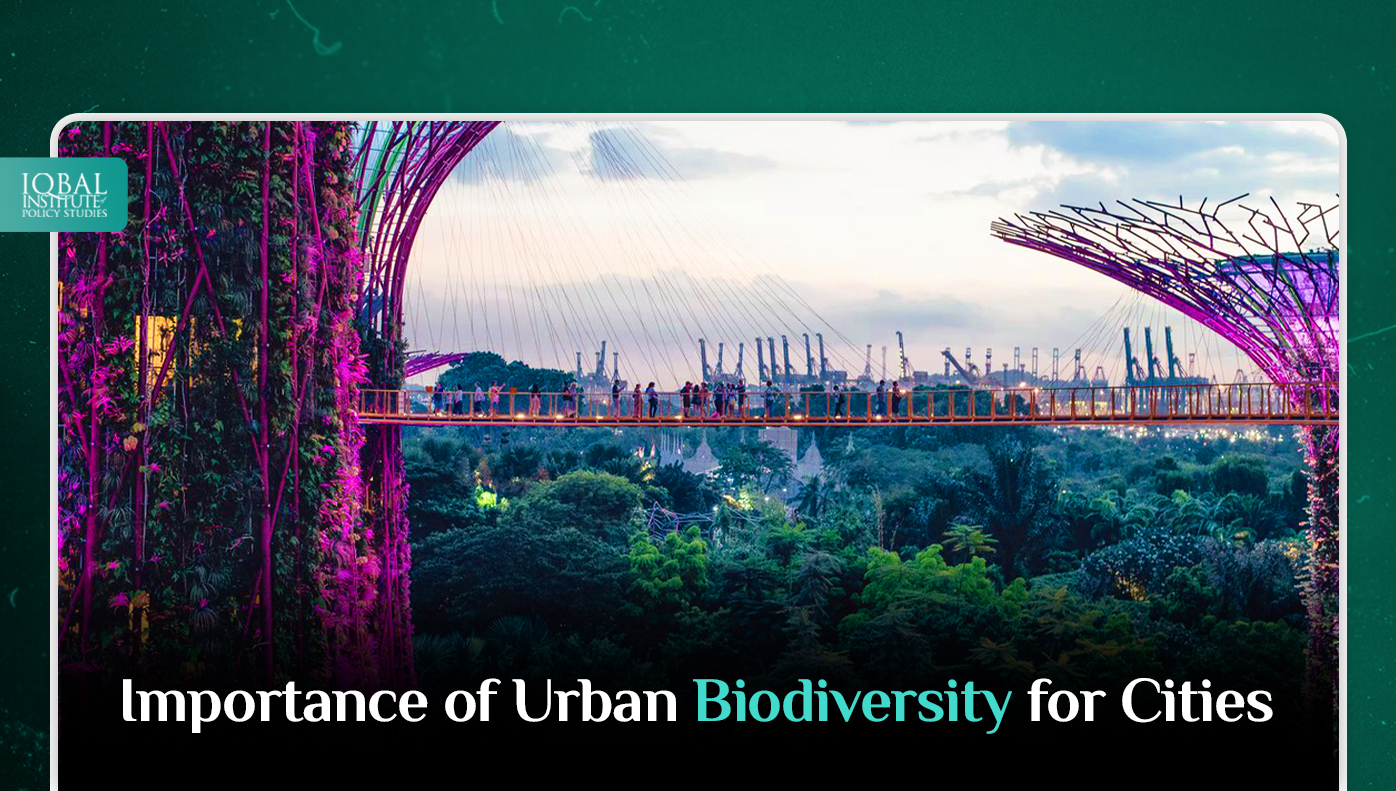Biodiversity is an essential component of the ecosystem which is responsible for keeping the environment clean and resilient. However, urbanisation has been a driving force for changing different attributes of ecosystems. This century is termed the urban century about half of humanity now lives in the cities and it is anticipated that its percentage will increase up to 70% by 2050 (UN DESA 2018). Therefore, the formation of future cities will determine the health and well-being of billions of people.
The urban biodiversity will stabilise the temperature, reduce the infection risk and improve mental and physical health. The rapid and massive increase in the human population and continuous exploitation of land, water, timber and energy resource will reduce the ecosystem services of biodiversity. To improve health and the environment government has to make efforts to protect the green place and build parks and recreational sites.
What is Urban Biodiversity?
Urban diversity refers to the variety and abundance of life in a city. Urban nature means all life in a city, consisting of expansive and relatively wild green and blue spaces, as well as green roofs, gardens, street trees, butterflies, and birds. Different types of urban areas have different amounts of biodiversity. For instance, a city park with a stream and pond may be rich in biodiversity and a park that features sports fields will have less amount of biodiversity.

Why does Biodiversity Matter to People living in Cities?
Biodiversity helps in creating a thriving region. Urban biodiversity and nature have a significant influence on the well-being of the dweller and the livability of cities. Benefits attained by biodiversity will be referred to as urban ecosystem service and it is divided into four categories i.e.,
Provision services (products obtain from ecosystems)
Regulatory services (benefits obtained from the ecosystem)
Cultural services (nonmaterial benefits obtained from the ecosystem)
Supporting services (services necessary for the production of all other services)
The diversified and vital benefits of urban biodiversity will improve the livability of the cities. It was found that street trees, wetlands and rivers play an important role in reducing the temperature by 2oC during the day and 12oC at night time (Zhang et al., 2017). The vegetated area helps water to penetrate into the surface and protect the cities from floods and increase the recharge of the precious groundwater (Ishtimatsu et al., 2017). On contrary, the coastal cities will be protected from coral reefs, mangroves, and seagrass from erosion and flooding. Park and other natural areas will enhance recreational activities and social connections which will lead to physical and mental health. The vast forest area will help in reducing pollution and absorb carbon dioxide.
It was found that the proximity of cities to urban nature will increase the worth of the property. In Poland, the percentage of green space in a 500 m radius positively influenced the apartment price. Another study conducted in Europe revealed similar results. Moreover, as per the research people are willing to pay more for green and blue spaces to get health benefits from the ambience. Nonetheless, a study conducted in France showed that green and blue spaces help cities to become more compact, increasing population densities (means creating planning and zoning that specifically targets particular areas of a town for population, housing and/or business growth) and increasing values of real estate (Roebeling et al., 2017).
The State of Biodiversity in Pakistan
Pakistan is one of the most natural resource-rich countries. Around two third of the country is mountainous. It comprises a wide range of terrestrial ecosystems and has 12 major vegetation zones. Due to its immense variety in longitude and latitude, it has a variety of ecological regions. The country is divided into nine different ecological zones and around 80% of the land is comprised of arid and semi-arid land.
The country comprises 7% of flowers, 3% of mammals and 15% of freshwater fishes (GoP, 1999). Pakistan holds a rich variety of crop diversity with an estimated 3,000 taxa of cultivated plants. Moreover, agriculture is also an essential part of biodiversity as it is the main source of providing food, in Pakistan the major crop that is cultivated are wheat, rice, maize, cotton, sugarcane etc.
Pakistan’s biodiversity is in danger due to over-exploitation and loss of natural habitat. The increase in population and urbanisation is putting an adverse impact on the country’s natural resource base. Moreover, the increase in poverty is forcing the rural population to use more natural resources and it exploits biodiversity at unsustainable rates. Factors like climate change, rise in temperature, gazing, soil erosion and waterlogging are posing major threats to biodiversity (Barjees & Subaiee, 2011).
Benefits of Biodiversity
Temperature Stabilisation
Biodiversity helps in maintaining low temperatures, which in turn is related to low-stress levels. The researchers have revealed that moderate temperature has a positive impact on the health of the individual because it mitigates the adverse impact of climate change, and boosts biodiversity.
Protecting from Traffic Noise
Plants have the ability to protect and reduce the noise level which causes different diseases. Moreover, the sound of nature also improves health.
Improved Cognitive Development
There is a strong relationship between improved cognitive development and species-rich green spaces. A walk through green spaces on the way to school improves a child’s ability to learn and increases adults’ concentration capabilities.
Social Cohesion
The term social cohesion refers to the strength of relationships and the sense of solidarity among members of a community. Biodiversity improves social cohesion as people go out and gather in parks and gardens for leisure, social and recreational activities. Urban green spaces also offer opportunities for people to get outside and interact with nature.
Reduce Infection Risk
For a various number of species, a more diverse community decreases infection risk, known as “the dilution effect,” as biodiversity dilutes infection. If this phenomenon prevails in the community, then preserving biodiversity is a win-win situation for humans and animals both.
How Biodiversity and Nature Impact the Quality of Life in the City?
Biodiversity and nature have a positive impact on the health of people. Cities have the ability to protect biodiversity by serving as key node between ecosystems that lies within the cities. Nearby agricultural land is the main source of food for the cities.
Nonetheless, the availability of water resources is an essential part of biodiversity and a basic need of the people living in cities. If water is not available in the proximity of cities, then people have to depend on other cities. For instance, Nairobi and Cape Town’s water resources are located ten or hundred miles away and to access the water government has built a water transmission infrastructure.
Biodiversity provides healthy and better air quality. Some cities rely on far way ecosystems and nature to provide recreation and beauty such as San Jose (Costa Rica), Salt Lake City (United States) etc.
Recommendations
To improve the biodiversity of the cities, stakeholders have to take the following measures such as (WorldBank, 2021):
Facilitate to improve the existing green spaces;
Identify different habitats that are present in the cities to revive and restore them;
Reintroduce/or enrich native animal and plant species;
Native plants should be planted nearby roadsides and in parks;
To get benefit from biodiversity urban gardening should be encouraged for mental health, food security, food for pollinators etc;
Government has to connect the fragmented ecosystems by expanding green spaces near one another, particularly by adding corridors of vegetation or other forms of connectivity;
Promoting tree canopy by planting native species;
Build parks and other green spaces to improve the city’s environment;
Develop a nature-based system to protect the city from storms and floods;
To improve the ecosystem government has to use the transdisciplinary collaboration between engineers, urban planners and ecologists to design the city to protect it from floods and natural disasters.
Conclusion
Biodiversity and nature have a significant impact on the health of people. It has the potential to protect the environment from storms and floods. The biodiversity of Pakistan is in danger due to urbanisation, exploitation and natural disaster. To protect urban biodiversity government has to make efforts to improve the existing biodiversity. This can be done through coordinated efforts of government, NGOs, civil societies and international donors.
References
Barjees , M., & Subaiee, F. (2011). Biodiversity In Pakistan: Key Issues . Taylor & Francis.
GoP. (1999). Biodiversity Action Plan of Pakistan. Ministry of Environment /IUCN/WWF. Islamabad.
Ishtimatsu et al. (2017). Use of Rain Gardens for Stormwater Management in Urban Design and Planning. Landscape and Ecological Engineering .
Roebeling et al. (2017). Assessing the Socio-economic Impacts of Green/Blue Space, Urban Residential and Road Infrastructure Projects in the Confluence (Lyon): A Hedonic Pricing Simulation Approach. Journal of Environmental Planning and Management, 482 – 99.
WorldBank. (2021). Urban Nature and Biodiversity for Ciites . Washington, DC: WorldBank.
Zhang et al. (2017). Optimizing green space locations to reduce daytime and nighttime urban heat island effects in Phoenix, Arizona. Landscape and Urban Planning, 162-171.



Leave a Reply